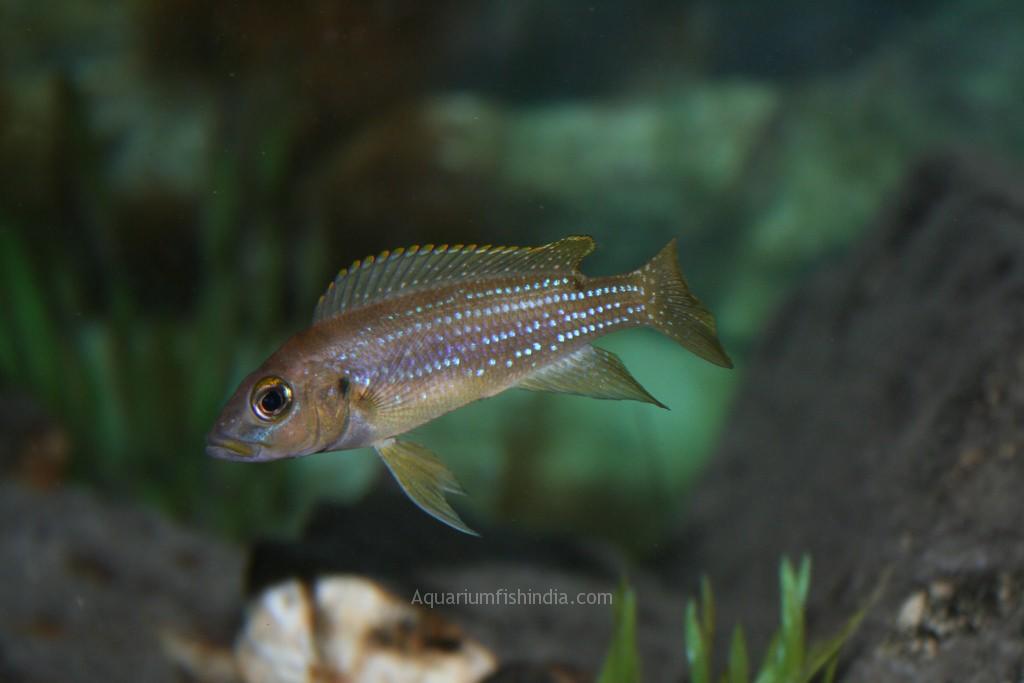- 🛍Easy Order By Price List 🏷✅!:)
Neolamprologus tetracanthus
₹180.00 ₹432.00-50% OFF
Neolamprologus caudopunctatus, or the Caudopunk to cichlid afficionatos, has a silvery-beige colored body accented by a golden yellow dorsal fin. The eyes are usually iridescent blue. The “Red Fin” Caudopunk does not actually have red fins, but rather golden yellow. They are native to the Zambian coast.
Description
neolamprologus tetracanthus
Neolamprologus caudopunctatus, or the Caudopunk to cichlid afficionatos, has a silvery-beige colored body accented by a golden yellow dorsal fin. The eyes are usually iridescent blue. The “Red Fin” Caudopunk does not actually have red fins, but rather golden yellow. They are native to the Zambian coast.
Cichlids from Lake Tanganyika can be divided into several main varieties. Some of the most popular are the shell-dwellers and torpedo-like bottom-dwellers from the genera Lamprologus, Neolamprologus, Altolamprologus and Julidochromis. These fish are very similar and the sceintific classification of some, especially the Neo/Alto/Lamprologus cichlids, have been reclassified often in recent years. Cichlids from the Cyprichromis and Paracyprichromis genera are open-water sardine-like fish usually found in schools in their native lake. Tropheus cichlids and the “Frontosa’s” from genus Cyphotilapia are popular large cichlids that seem beastly in comparison to the tiny “Lamps” and “Julies”. Other types of Tanganyikan cichlids include goby-like bottom-dwellers and fish known to sift through mouthfuls of substrate. Many regional variants exist in these groups.
The water chemistry in the African rift lakes is notoriously unique. Lake Tanganyika is particularly hard with a very high pH, although many fish that have been captive-bred may be acclimated to more moderate conditions similar to those in Lake Victoria or Lake Malawi. As many Tanganyikan cichlids are sensitive to water quality and changes in water quality, make sure conditions are stable.
Décor for a Tanganyikan aquarium should provide rockwork for the cichlids to hide in and around and can be created using tufa rock or lava rock. As most species sift through the substrate, open areas should also be provided. Tanks housing open-water or larger species should be more sparsely decorated. The substrate for these aquariums should be fine and smooth-edged; whitish coral sand or black buffered substrate is popular. Wood tends to lower pH and is not usually recommended for African cichlid aquariums.
Information
✅Minimum 5️⃣0️⃣% ➕ ##% Extra Instant 🏵Discount Automatically apply on checkout.
✅Pay by PhonePe, Paytm, BHIM app, MobiKwik, Google Pay, SBI Pay, iMobile, Axis Pay, BOB UPI or Any UPI Get up to 🏷 5️⃣% Instant 🏷Discount, After Order Approval
Estimated delivery time upto 1 – 4 working days.
✅Manual Payment like IMPS/NEFT Get Instant 🏷 5️⃣% 🏵Discount After Order Approval
🚛Shipment all over India by Train/Bus/Flight all cargo pickup
Live fish no returns
For More Details Visit FAQ
You must be logged in to post a review.


Reviews
There are no reviews yet.